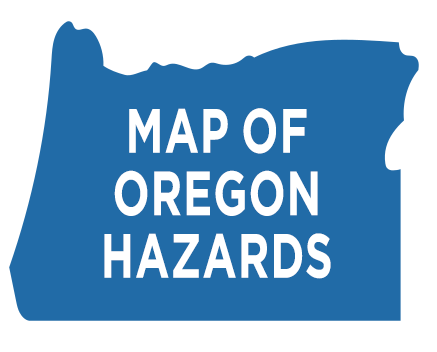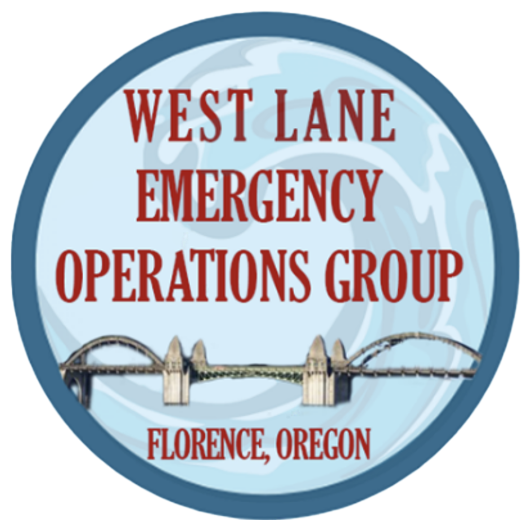
Building Disaster Resiliency Through Community Preparedness
Our Mission
The mission of the West Lane Emergency Operations Group (WLEOG) is to educate, promote, and implement actions that eliminate and/or reduce long-term risk to human life and property from the effects of natural and man-made hazards, and to enhance our community’s capability to prepare, respond, and recover from such incidents through emergency preparedness.
This website is an educational resource for residents and visitors in western Lane County to learn about local hazards and the ways in which we as individuals and a community can prepare for and respond to them.
WLEOG Calendar
Stay up-to-date with the West Lane Emergency Operations Group (WLEOG) by regularly checking our calendar for upcoming events and training sessions. Our calendar features a range of activities designed to enhance emergency preparedness, including community workshops, disaster drills, and educational seminars. By participating in these events, you can better understand the local hazards and learn practical strategies to protect yourself and your community.
Learn About Our Resources
Discover the range of resources we offer to support your emergency preparedness efforts. From creating family emergency plans to assembling an emergency kit and staying updated on local alerts, our resources are designed to help you prepare for and respond to various hazards.
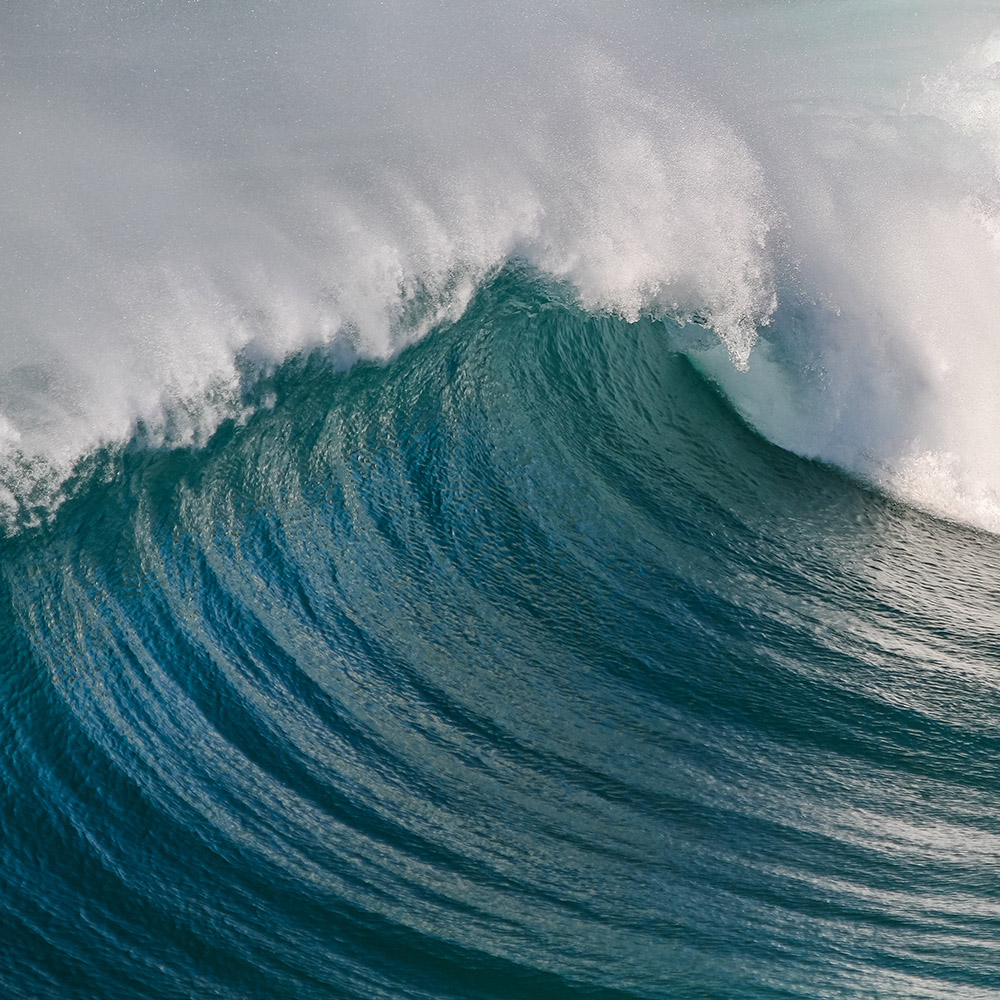
Natural Hazards
Explore natural hazards that pose risks in our area, including earthquakes, floods, wildfires, and severe storms.
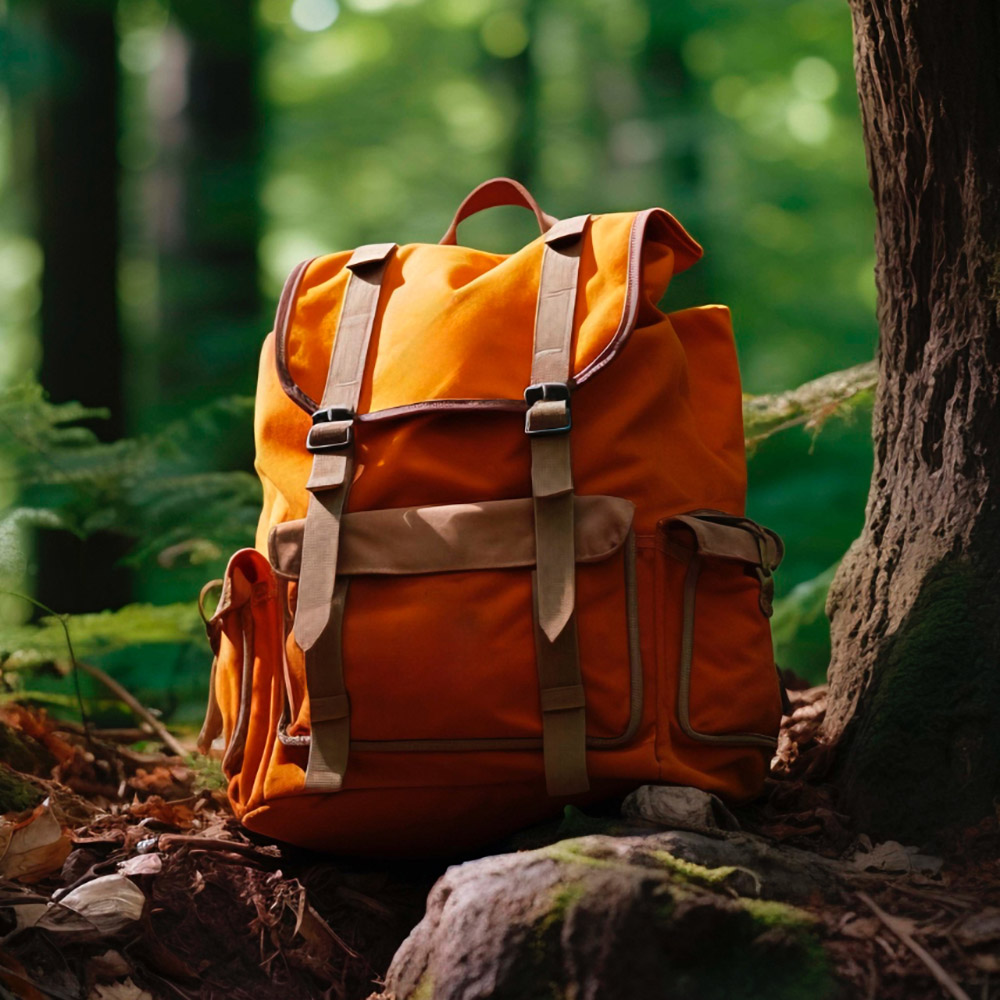
Emergency Preparedness
Essential resources for creating family emergency plans, emergency kits, and staying informed.
Other Hazards
Stay informed about hazards including power outages, road hazards, and storm damage.

Get Involved
Explore volunteer opportunities, training programs, and other ways to enhance readiness.
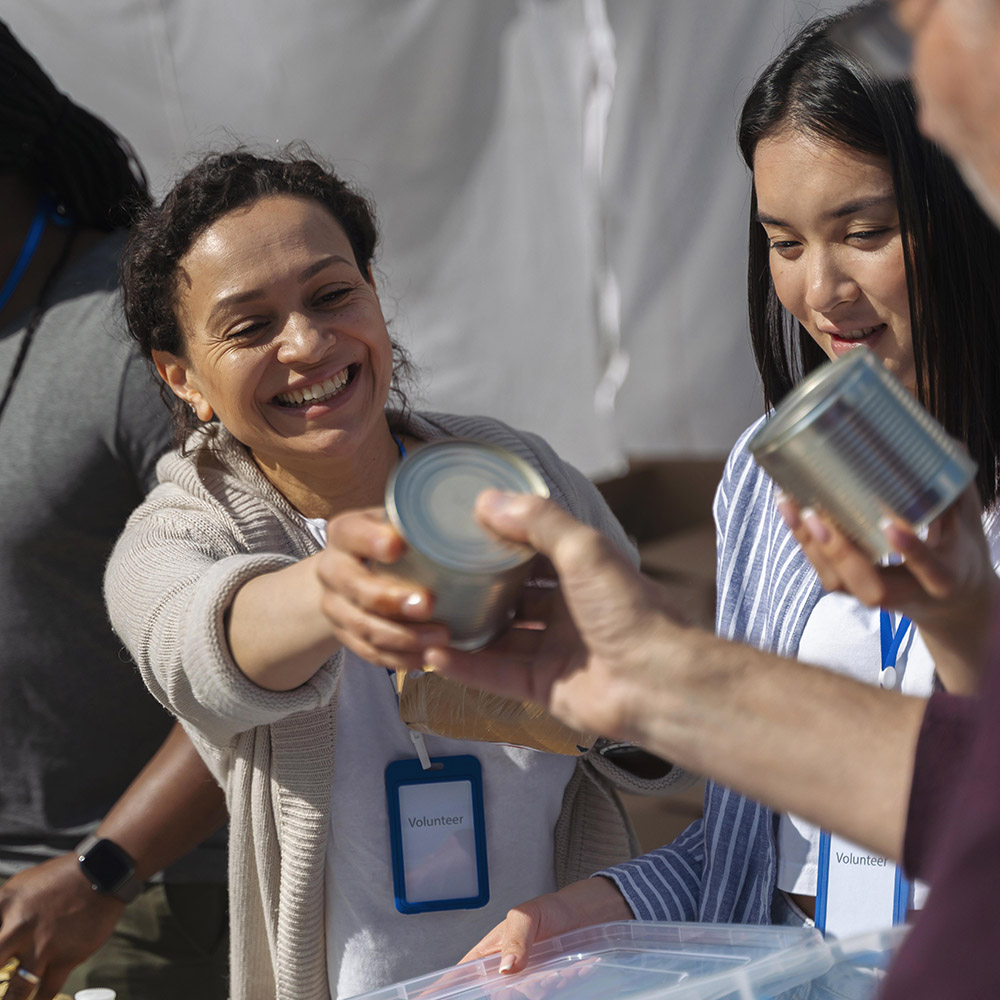
Interactive Map of Oregon Hazards
Explore our interactive map to stay informed about all current hazards, conditions, and weather watches in western Lane County. This valuable emergency preparedness resource provides real-time information on weather events and other hazards affecting our area. Use this map to make informed decisions and protect your family and property from potential threats.

